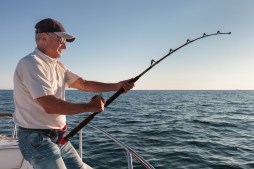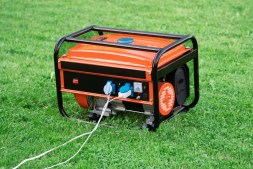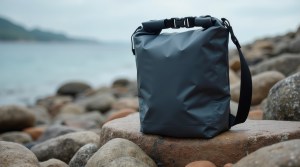Common Mistakes When Dehooking Fish and How to Avoid Them
Dehooking and releasing fish is a critical skill for any angler who practices catch-and-release fishing. While it’s essential for the sustainability of fish populations, many anglers make common mistakes that can harm both the fish and themselves. In this article, we’ll explore these pitfalls and provide practical tips on how to safely dehook and release fish back into their habitat.
Mistake #1: Using Improper Tools
One of the most common mistakes anglers make is using inappropriate tools for dehooking. Many people attempt to use pliers or their bare hands, which can lead to injury for both the angler and the fish. Instead, invest in a pair of dedicated fishing dehookers or specialized tools designed for this purpose. These tools help minimize stress on the fish and allow you to handle them more safely.

Mistake #2: Holding Fish Incorrectly
Another frequent mistake is how anglers hold the fish during dehooking. Some might grasp them tightly or hold them vertically by their jaws, which can cause injury to their internal organs or spine. To avoid this, always support the weight of larger fish with two hands—one under its belly and one behind its head—keeping it as horizontal as possible.
Mistake #3: Prolonged Air Exposure
Keeping a fish out of water for too long while attempting to remove a hook is detrimental. Fish breathe through gills that require water flow; without it, they can suffocate quickly. Aim to dehook your catch within seconds after landing it. If possible, keep the fish in water while you work on removing hooks.
Mistake #4: Not Reviving Before Release
Many anglers forget that once they’ve removed a hook, the work isn’t done yet. A common mistake is simply tossing the released fish back without helping it recover first. To ensure survival post-release, gently move your hand back-and-forth through water near its gills until it shows signs of strength (like swimming away). This action helps revive fatigued or stressed fish.
Mistake #5: Neglecting Personal Safety
While focusing on ensuring safe handling for your catch is important, don’t forget about your safety. Fish have sharp fins and teeth that can easily cause injury if not handled properly. Always wear gloves when dealing with spiny species or those known for biting (like pike). Also be mindful of slippery surfaces around boats or riverbanks.
By being aware of these common mistakes when dehooking fish—and implementing these tips—you’ll not only enhance your skills as an angler but also contribute positively towards sustainable fishing practices. Happy fishing.
This text was generated using a large language model, and select text has been reviewed and moderated for purposes such as readability.











